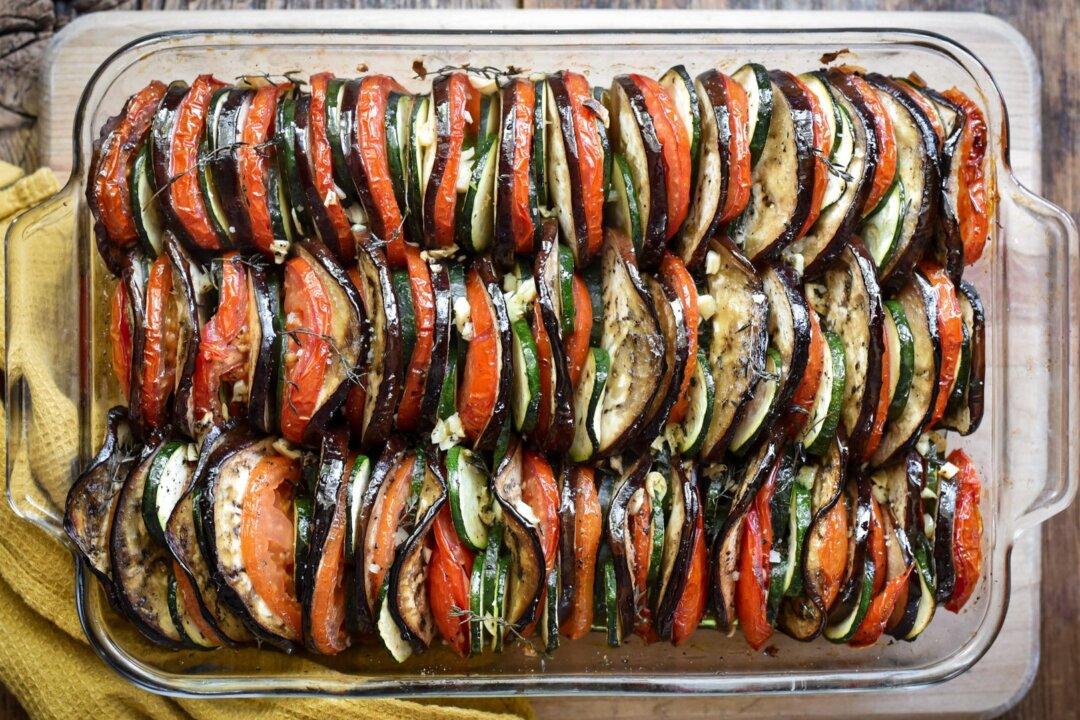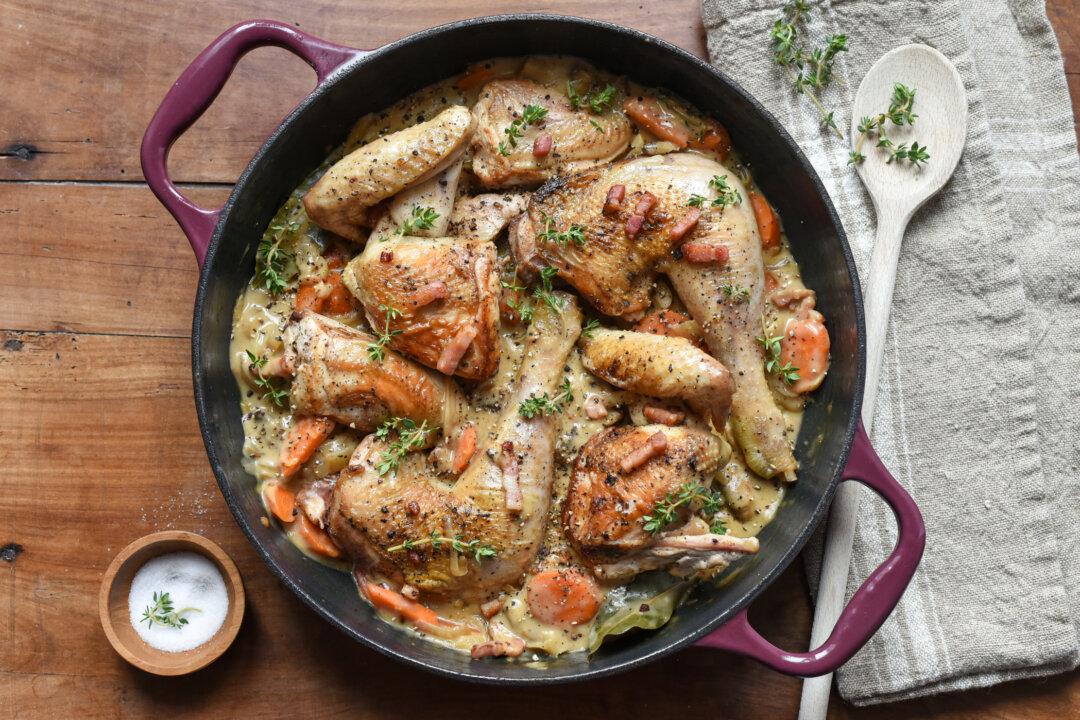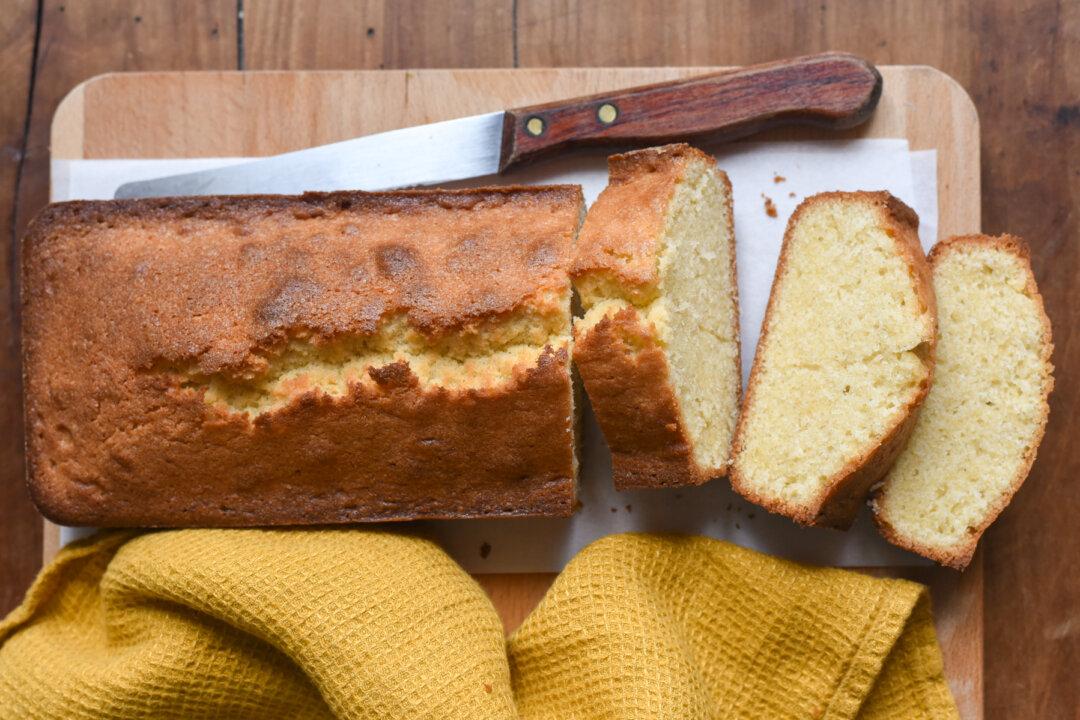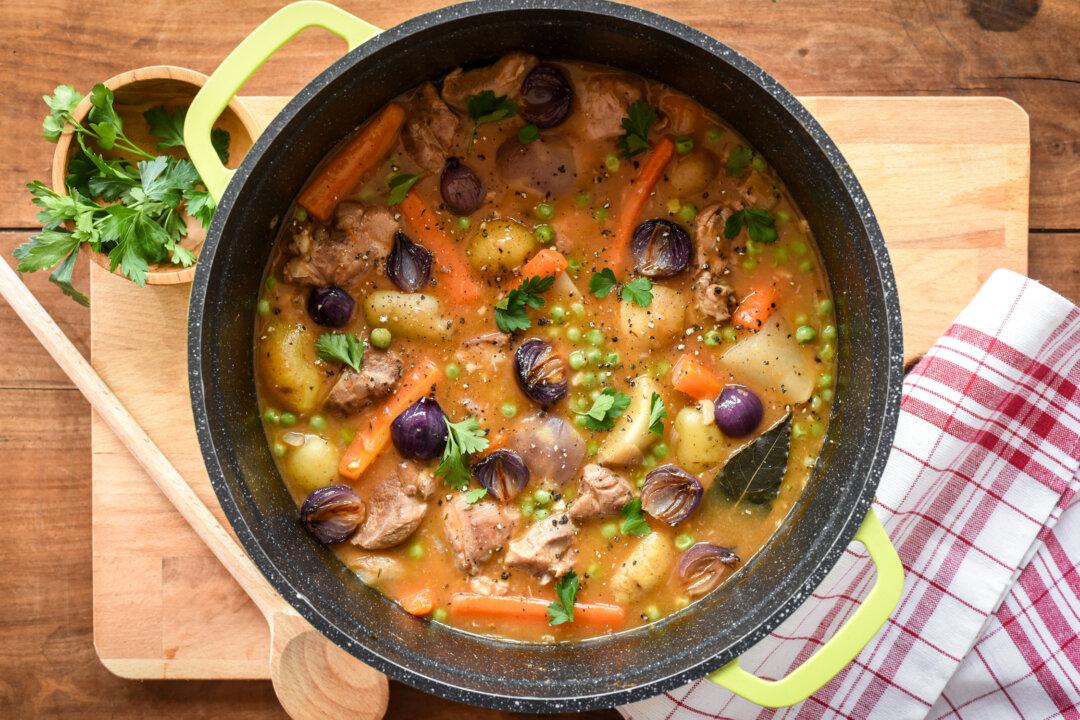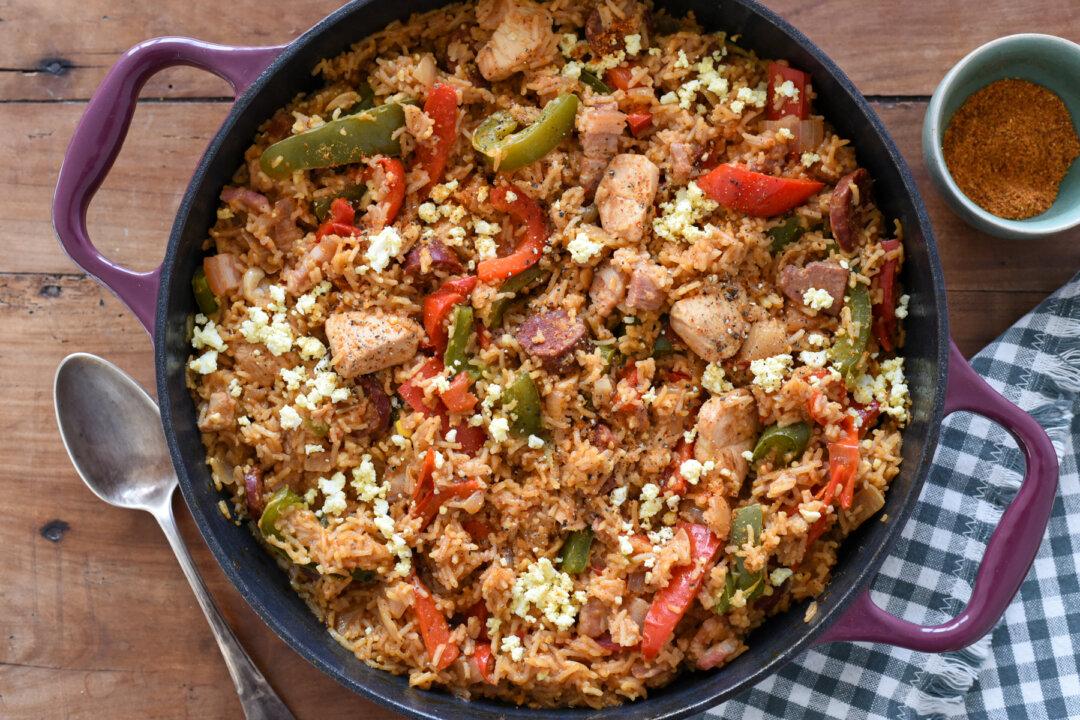A tian embodies the essence of Provençal summer cooking. Made with layered slices of tomato, zucchini, and eggplant, slow-roasted with olive oil and herbs until meltingly tender, the iconic dish is simple but stunning, and a celebration of the abundance of summer vegetables in this sun-drenched region of France.
The word “tian” comes from the Greek “teganon,” meaning “a dish” or “a frying pan.” Originally, the word referred to glazed earthenware vessels from Provence used for both cooking and serving, going from the oven directly to the table. These types of dishes are usually large, shallow, and sturdy, made to withstand high temperatures.

